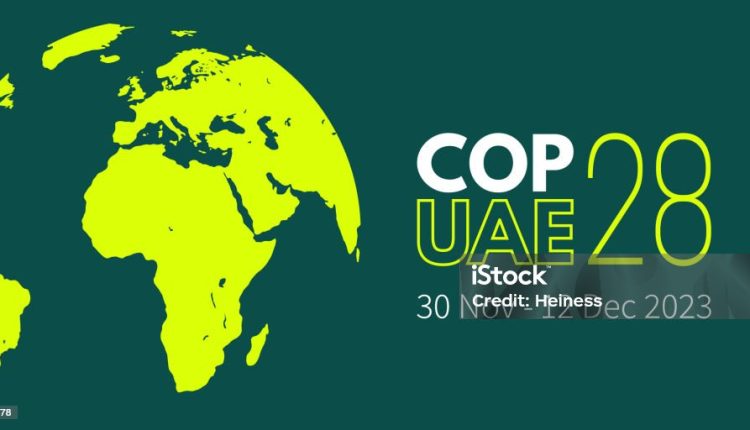A guide to COP28 climate summit: the main events
From November 30 to December 12, the COP28, located in an expansive venue filled with temporary installations and display areas, is anticipated to draw a crowd of over 70,000 individuals from nearly 200 countries.
The COP28 starts with the opening ceremony, as the UAE has dedicated the past year to establishing the diplomatic foundations for this year’s summit.
However, it only officially assumes the COP presidency at the opening ceremony, which is marked by welcome speeches and gavel-banging moments.
In the initial days of the summit, national leaders arrive for what’s known as the “High-Level Segment,” which includes consecutive speeches in the main plenary hall of the venue, where leaders often exceed the three-minute speaking limit.
The venue
The “Blue Zone” of the venue, designated for official talks and panel discussions, also houses country pavilions. These are temporary offices set up for each national delegation.
Another area, known as the “Green Zone”, is filled with exhibition booths hosted by corporations, non-profit organisations, and climate activists from across the globe.
This expansive, warehouse-like area, open to the registered public, offers a variety of experiences. Here, one can easily grab a complimentary cup of coffee, listen to a sales pitch from a multinational company, or immerse themselves in an indigenous Amazonian cultural exhibit.
The global media has a separate section in the conference venue, where they report on the conference events for their audiences. They write articles, interview participants, and edit videos to share with the world.
Negotiations
The national teams of ministers and officials are working on the final deal from the summit.
They deal with different topics at the same time in separate groups. These efforts, which create most of the policies to fight climate change, usually move forward slowly from year to year.
The summit covers a wide range of topics, from climate funding, to the role of young people, nature and health, there is also a “day of rest” in the middle of the summit, on Dec. 7.
In the middle of the summit, the UAE presidency starts to work on a draft of a final deal, based on the progress made in the group talks and the promises made on the main stage.
At this point, divisions remain, and countries begin to press one another for support or negotiate compromises. Deadlocked negotiators frequently turn to their governments for new direction or mandates, where cabinet ministers join the discussion.
Final stage
The last two days of the summit are for final negotiations on a “cover decision”, which shows the main political agreements on important issues; it is what the summit has done and the big goals that every country has agreed to work for.
At the end, hope for a summit deal often meets the truth of fixed views, and more time is needed to make a deal.
Many previous COP summits, such as last year’s COP27, have continued after the exhibitions have been taken down and the lobbyists and activists have left, leaving only the negotiators, reporters, and cleaners.
The end of the summit can be either dramatic or sudden. At COP26, there were last-minute changes and compromises on camera. At COP27, there was a late-night deal that was hard to read.
The gaveling means the summit deal is done. But there are other smaller deals that are also approved after that.



